Imagine a moment when everything you thought you knew about a childhood memory turned upside down. For many Americans, that’s the unsettling thrill of discovering Mandela Effect examples—those eerie, collective false memories that seem to defy explanation. It’s not just forgetting a detail; it’s thousands, even millions, recalling something that never happened. Did Nelson Mandela die in prison in the 1980s, as so many swear they remember, despite his release and later presidency? This phenomenon, named after that very misconception, taps into a shared confusion that feels almost otherworldly. As social media amplifies these quirks of memory in 2025, the question lingers: are we merely misremembering, or is something deeper at play? From pop culture icons to historical events, these glitches in our mental archives challenge how we trust our own minds.
1. Nelson Mandela’s Death: The Origin Story

The Mandela Effect itself began with a startling realization. Countless people vividly recall Nelson Mandela dying in a South African prison during the 1980s, complete with news coverage of his funeral. Yet history tells a different tale: Mandela was released in 1990, became president, and passed away in 2013. Fiona Broome, who coined the term in 2009, stumbled upon this shared memory at a conference, sparking a wave of curiosity. Her discovery wasn’t just a personal quirk—it revealed a collective misremembering that felt too precise to dismiss. Research from institutions like Psychology Today suggests this could stem from conflated historical narratives, but the emotional weight of the memory persists for many.
2. Berenstain Bears or Berenstein Bears?

Ask anyone over 30 about a beloved childhood book series, and you might hear “Berenstein Bears.” That’s how they remember the family of anthropomorphic bears—Papa, Mama, Brother, and Sister. But check the covers, and it’s always been “Berenstain,” named after creators Stan and Jan Berenstain. This discrepancy has fueled heated online debates, with some swearing they’ve seen the “-ein” spelling in old copies. Memory researchers at American Psychological Association point to the brain’s tendency to standardize unfamiliar names, yet the sheer volume of people sharing this exact error feels uncanny.
3. Curious George’s Missing Tail

Picture Curious George, the mischievous monkey from children’s books and TV. Now, does he have a tail? Many insist he does, sketching memories of him swinging by it. In reality, George has never had one—he’s an ape, not a monkey. This Mandela Effect example frustrates fans who can almost feel the texture of a tail that never existed. Cognitive scientists suggest visual expectations of monkeys often override factual memory, a theory backed by studies from National Institutes of Health. Still, the certainty in those false images lingers.
4. Darth Vader’s Iconic Misquote
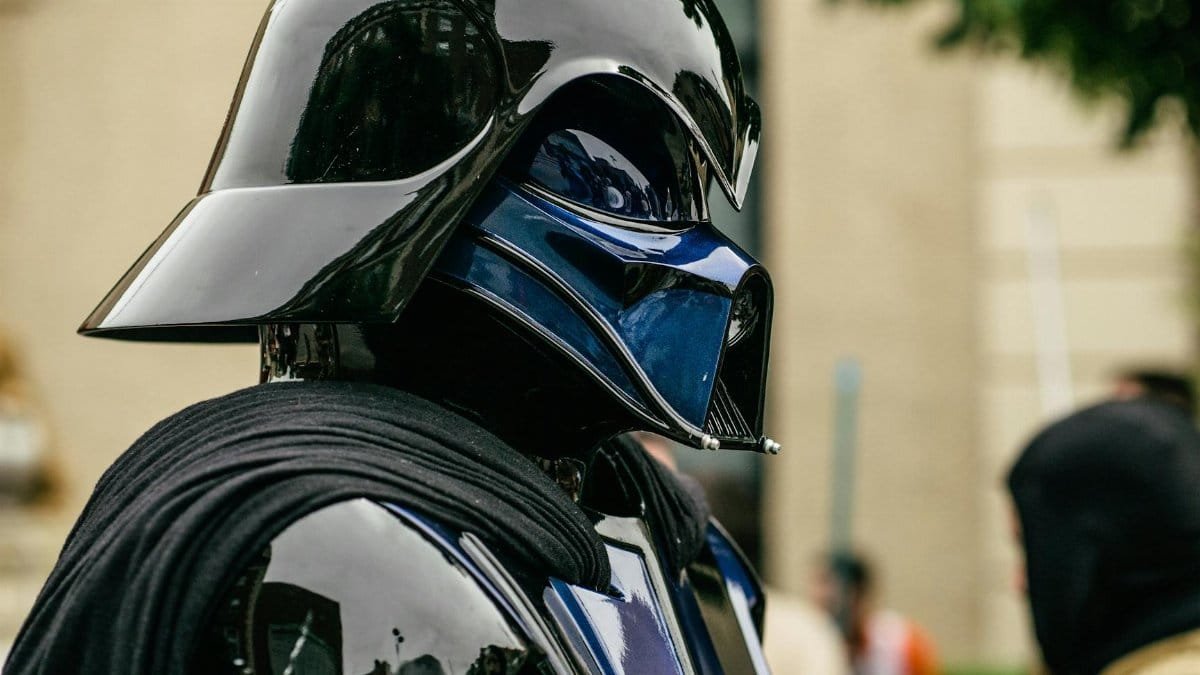
In a darkened theater, a fan recalls Darth Vader’s chilling line from “The Empire Strikes Back”: “Luke, I am your father.” It’s a cultural cornerstone, mimicked endlessly. Except, he never said it. The actual line is “No, I am your father.” This subtle shift, documented in countless discussions and confirmed by archives at StarWars.com, shows how collective quoting can morph memory. It’s not just a slip—it’s a rewritten script in our heads.
5. The Monopoly Man’s Monocle Myth

Think of the Monopoly Man, the top-hatted mascot of the board game. Does he sport a monocle? Many nod confidently, picturing him peering through a single lens. Reality check: he doesn’t. No official artwork or branding includes it, yet this image persists across generations. Some speculate it’s a mix-up with Mr. Peanut, the Planters mascot. Others feel it’s too ingrained to be mere confusion. The mismatch highlights how visual tropes can hijack recall.
6. Fruit of the Loom’s Phantom Cornucopia

Close your eyes and picture the Fruit of the Loom logo. Do you see a cornucopia, that horn-shaped basket, brimming with fruit behind the familiar apple and grapes? If so, you’re not alone. Thousands remember it that way, yet no version of the logo has ever featured one. This Mandela Effect example baffles even graphic designers who swear they’ve seen vintage tags with it. It’s a vivid ghost of branding that never was.
7. Pikachu’s Tail: Black Tip or Not?

Pokémon fans often sketch Pikachu with a black-tipped tail, a jagged bolt of yellow ending in stark contrast. Ask them to describe it, and that detail pops up repeatedly. But official artwork and games show no such marking—it’s pure yellow. This tiny discrepancy has sparked forums full of disbelief. Is it a trick of memory blending other characters’ designs, or something stranger? The debate rages on.
8. Jif or Jiffy Peanut Butter?

Stocking pantry shelves, many grab a jar of peanut butter labeled “Jiffy” in their minds. They can almost hear the jingle tying it to quick meals. Reality jars them: it’s always been “Jif.” No record of “Jiffy” exists for this brand, though some tie the error to Skippy, a competitor. This mix-up shows how auditory similarity can rewrite labels in our mental catalog.
9. The Missing Sinbad Genie Movie
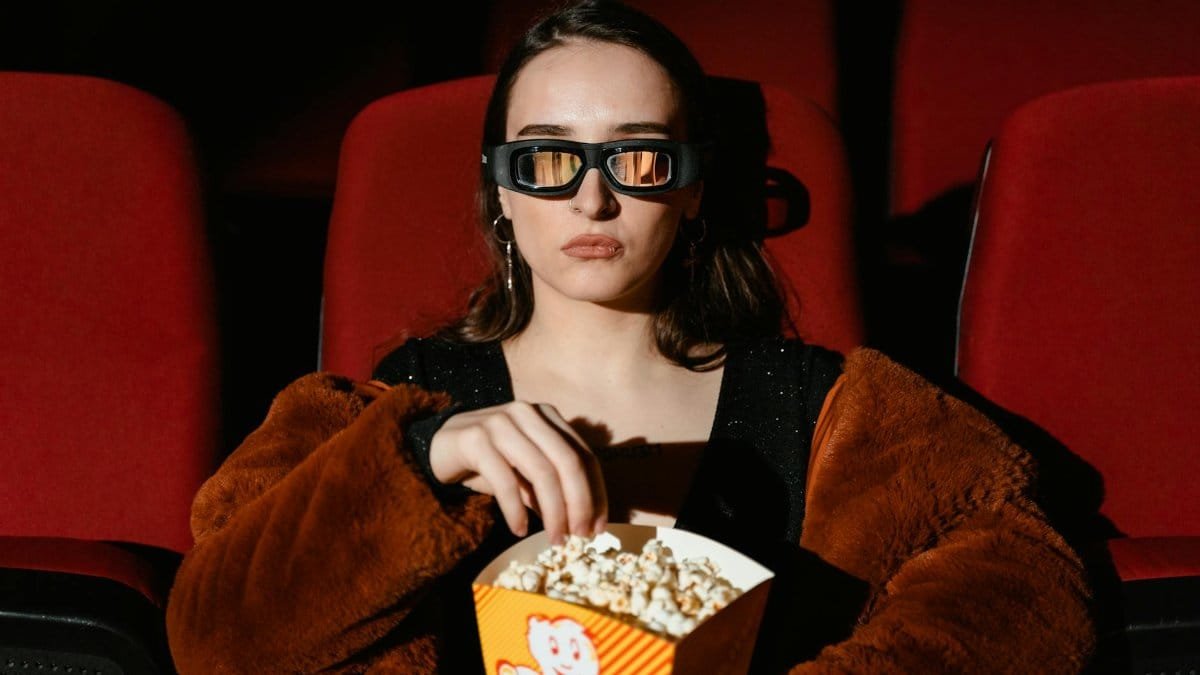
A whole cohort of ’90s kids remembers a movie where comedian Sinbad played a genie, a family comedy akin to “Aladdin.” They recall plot points, even VHS covers. Problem is, no such film exists. Sinbad himself has denied it, though he did host a “Sinbad the Sailor” marathon in costume, possibly sparking confusion. This false memory feels so real, it’s almost tangible.
10. Looney Tunes or Toons?

Saturday morning cartoons for many meant “Looney Toons,” or so they thought. The name suggests animated “toons,” right? Yet the official title is “Looney Tunes,” referencing musical tunes in early shorts. This spelling swap is a classic Mandela Effect example, showing how logical assumptions can override what’s printed on screen. It’s a small tweak with a big footprint in memory.
11. Chartreuse: Pink or Green?

Describe the color chartreuse. A surprising number of people call it a pinkish-magenta hue, perhaps tying it to fashion or decor. In truth, it’s a yellow-green, named after a French liqueur. This color confusion reveals how language and context can paint false pictures, especially when a word sounds exotic or unfamiliar. The mental palette doesn’t always match the spectrum.
12. The Wizard of Oz Scarecrow’s Gun
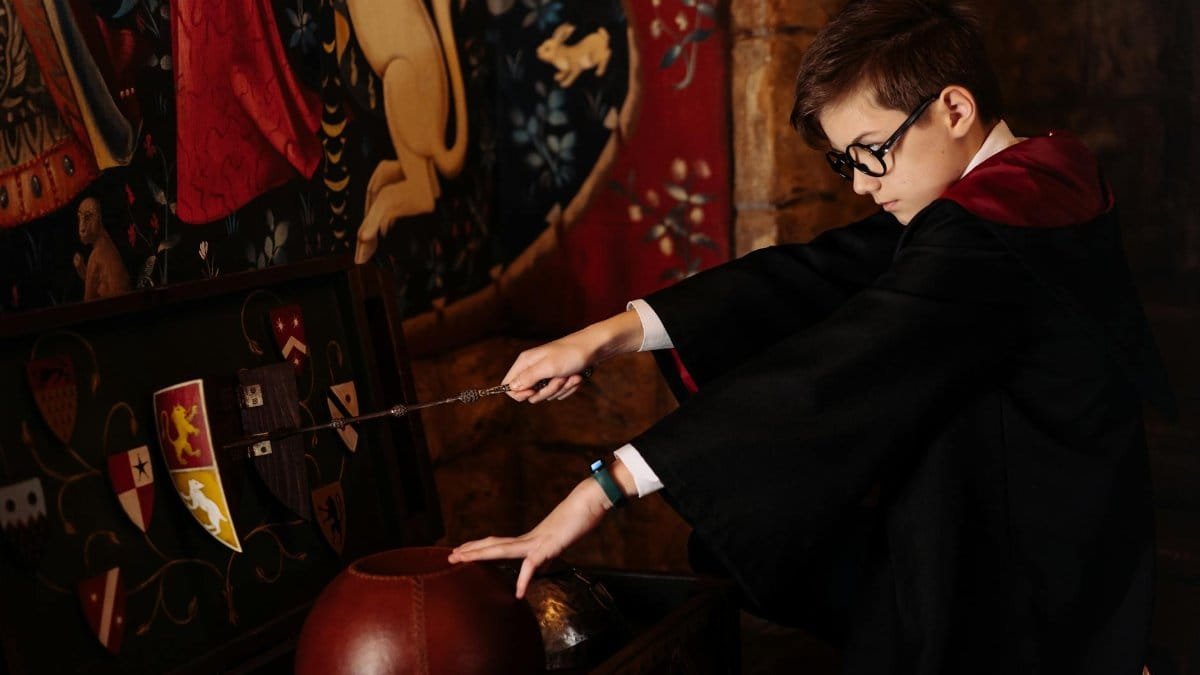
Watch “The Wizard of Oz,” and focus on the Scarecrow. Some viewers insist he carries a gun in certain scenes, a bizarre detail for a brainless straw man. Rewind the tape—no firearm exists. This odd memory might stem from a blend of props or later parodies, but its specificity unnerves those who “saw” it. Memory plays tricks in technicolor.
13. Hannibal Lecter’s Famous Line
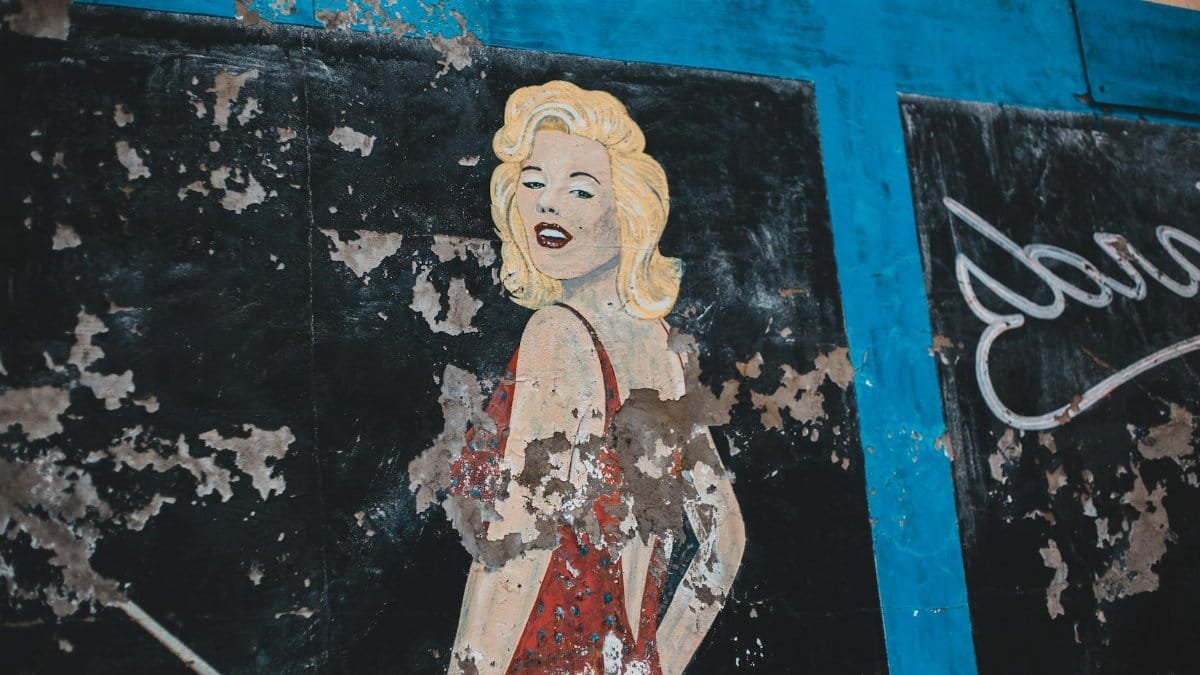
“Hello, Clarice,” purrs Hannibal Lecter in countless impressions of “The Silence of the Lambs.” It’s sinister, iconic. Except, he never says it. The closest line is “Good evening, Clarice.” This misquote, like Vader’s, shows how cultural osmosis distorts dialogue into catchphrases. The brain craves drama, even if it means rewriting scripts.
14. C-3PO’s Silver Leg Mystery
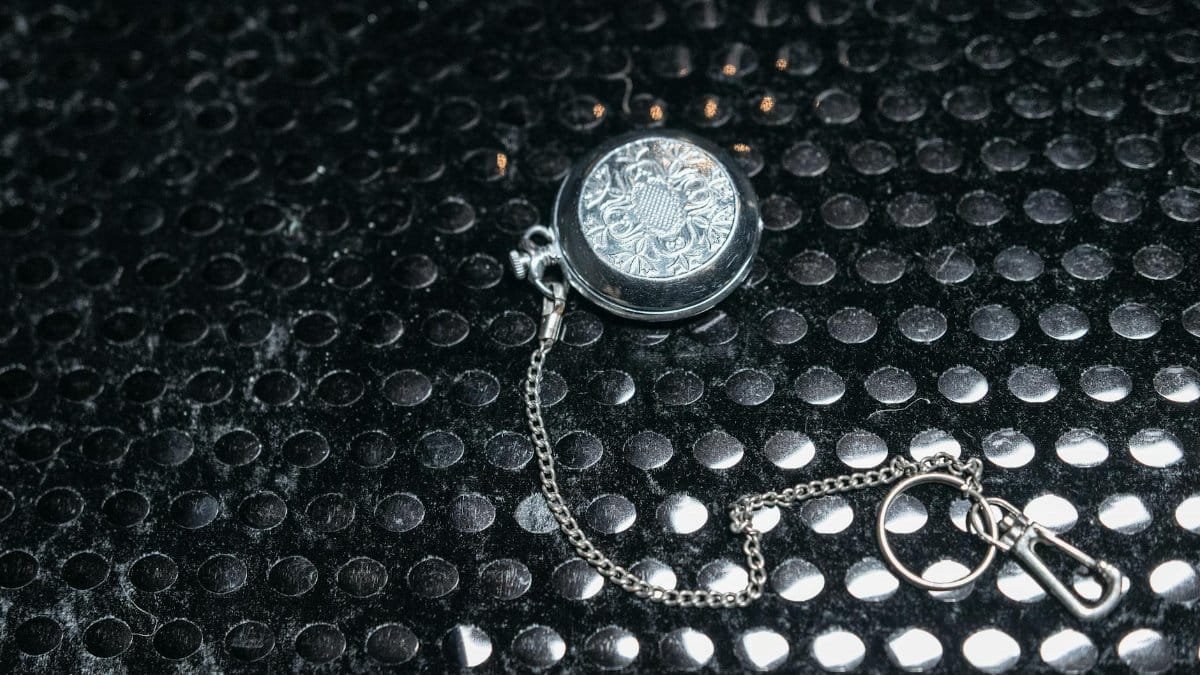
“Star Wars” fans often picture C-3PO as fully golden, a gleaming droid of protocol. Yet, in the original trilogy, one leg is silver—a detail overlooked by many until pointed out. This oversight isn’t just forgetfulness; it’s a collective blind spot. Why do we erase such a visible trait? It’s a puzzle of selective recall.
15. Queen’s “We Are the Champions” Ending
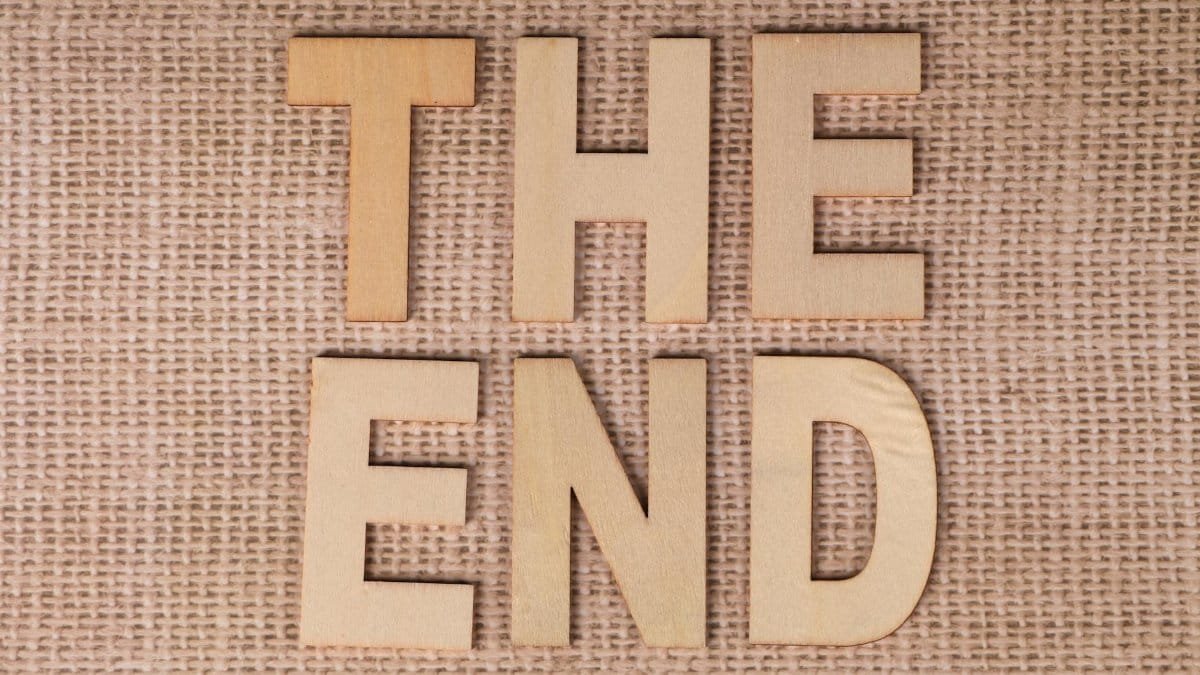
Sing along to Queen’s “We Are the Champions,” and you might belt out “of the world” at the end. It feels right, triumphant. But the studio version fades without that phrase. Live performances included it, which might explain the mix-up, yet the certainty of hearing it on the record persists. Music memory hits a false note.
16. Smokey Bear, Not Smokey the Bear
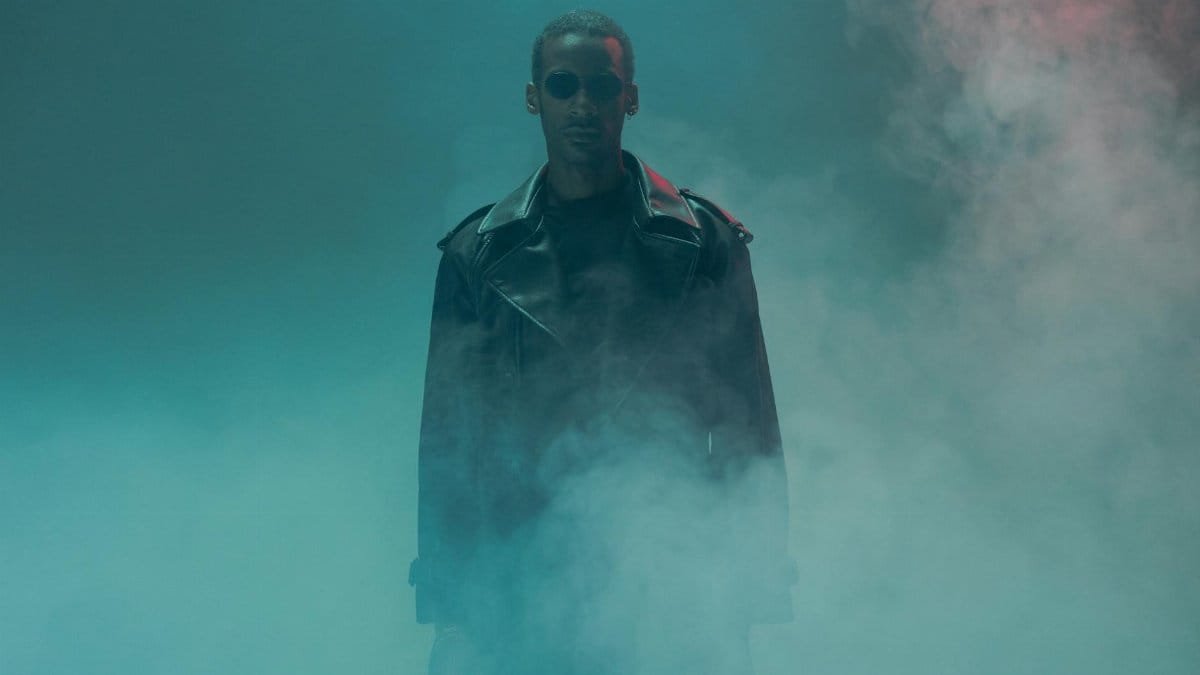
Forest fire prevention icon Smokey Bear is often called “Smokey the Bear,” thanks to a catchy 1950s song adding “the.” Officially, it’s just Smokey Bear. This addition, though minor, sticks for many who grew up with the jingle. It’s a reminder of how rhythm and rhyme can cement errors in our minds.
These Mandela Effect examples weave a tapestry of shared confusion, each thread pulling at the edges of reality. They aren’t just quirks—they challenge how memory, culture, and perception collide. Are they simple brain hiccups, or do they hint at something beyond explanation? In 2025, as online communities dissect every glitch, the fascination only grows. What we remember, it seems, might not be ours alone to trust.
